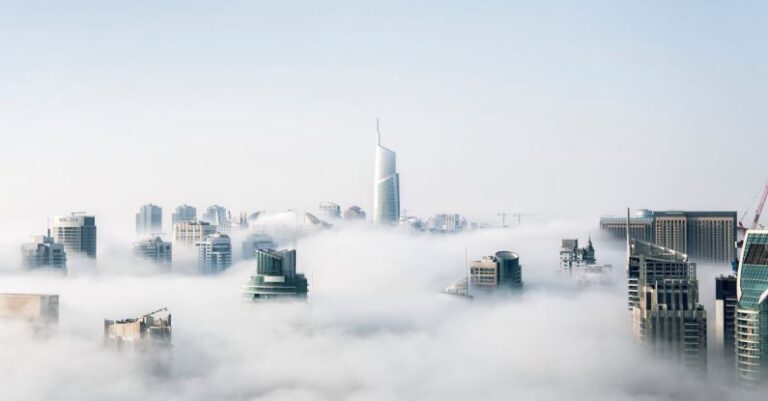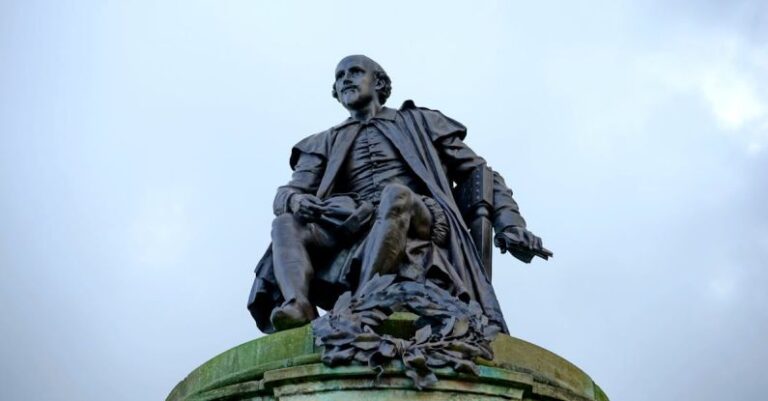
Gothic literature is a genre that has captivated readers for centuries with its elements of mystery, horror, and the supernatural. Originating in the 18th century, gothic literature has evolved over time but has retained its distinct characteristics that continue to enthrall audiences. In this article, we will delve into the defining features of gothic literature that set it apart from other genres and contribute to its enduring popularity.
**The Setting:**
One of the most prominent characteristics of gothic literature is its dark and foreboding settings. Gothic tales often take place in ancient, crumbling castles, remote and isolated mansions, or desolate landscapes shrouded in mist and gloom. These settings create an atmosphere of mystery and suspense, setting the stage for the eerie events that unfold within their walls. The use of dimly lit corridors, secret passages, and hidden chambers adds to the sense of unease and impending danger that pervades gothic narratives.
**The Supernatural:**
Gothic literature frequently incorporates supernatural elements such as ghosts, vampires, and other supernatural beings. These supernatural occurrences serve to heighten the sense of fear and uncertainty in the narrative, blurring the lines between the natural and the supernatural. By introducing supernatural elements into the story, gothic writers create a sense of the unknown and the inexplicable, adding a layer of complexity and intrigue to their tales.
**The Protagonist:**
In gothic literature, the protagonist is often a flawed and complex character who finds themselves thrust into a world of darkness and terror. These characters are typically isolated, vulnerable, and tormented by their own internal demons, adding depth and psychological complexity to the narrative. The gothic protagonist is often driven by a sense of curiosity or a desire to uncover hidden truths, leading them down a path of danger and discovery.
**The Atmosphere:**
Atmosphere plays a crucial role in gothic literature, setting the tone for the narrative and evoking a sense of dread and unease in the reader. Gothic writers use vivid descriptions, eerie imagery, and evocative language to create a haunting atmosphere that lingers long after the story has ended. The use of symbolism, foreshadowing, and other literary devices further contribute to the atmospheric quality of gothic literature, drawing readers into a world that is both familiar and unsettling.
**The Themes:**
Gothic literature explores a wide range of themes, including love, death, madness, and the supernatural. These themes are often intertwined, creating a complex and multilayered narrative that challenges readers to confront their deepest fears and desires. The theme of the duality of human nature is a recurring motif in gothic literature, with characters often grappling with conflicting impulses and emotions that drive them to the brink of madness.
**The Conclusion:**
In conclusion, gothic literature is a genre that continues to captivate readers with its dark and mysterious tales of the supernatural. Characterized by its eerie settings, supernatural elements, complex protagonists, haunting atmosphere, and thematic depth, gothic literature offers a rich tapestry of storytelling that appeals to our deepest fears and desires. Whether exploring the depths of the human psyche or delving into the unknown realms of the supernatural, gothic literature remains a timeless and enduring genre that continues to enthrall audiences around the world.





